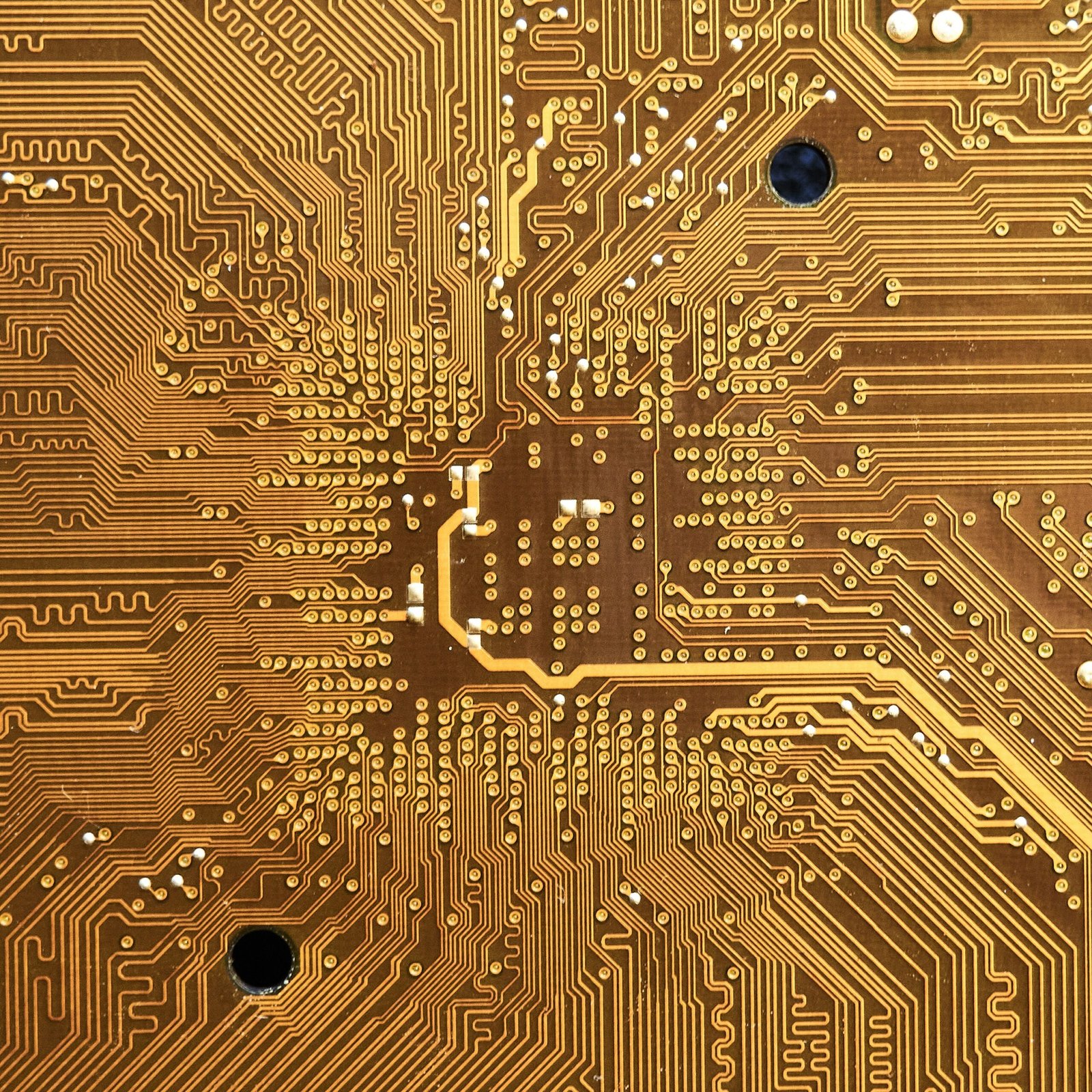Introduction to Edge Computing and Real-Time Data Processing
Edge computing represents a transformative approach to data processing by physically relocating computational resources closer to the data source. This brings significant advantages, particularly in the context of real-time data processing, where speed and efficiency are paramount. Traditional cloud computing architectures, while effective in many scenarios, often encounter critical challenges such as latency and bandwidth limitations. These issues become increasingly pronounced in applications requiring immediate processing of data, such as those found in the Internet of Things (IoT), industrial automation, and real-time analytics.
One of the fundamental drawbacks of cloud computing is its reliance on centralized data centers, which can lead to delays as data is transmitted over long distances. Edge computing effectively mitigates these challenges by enabling data to be processed at or near its source. By processing data closer to its origin, edge computing drastically reduces the time it takes to respond to requests, thereby facilitating quicker decision-making and enhancing overall system performance. Moreover, this model minimizes the strain on network bandwidth, as only critical data needs to be sent to the cloud for further analysis, rather than all raw data.
In this blog post, readers will explore the compelling advantages of edge computing in real-time data processing environments. The discussion will encompass various practical applications and use cases where edge computing is revolutionizing how businesses operate. For instance, industries such as healthcare, manufacturing, and smart cities are leveraging edge technology to enhance efficiency and responsiveness. Overall, the insights provided in this article aim to highlight the significance of edge computing in addressing the limitations of traditional cloud solutions and underscore its emerging role as a critical enabler of real-time data processing capabilities.
Reduced Latency
One of the primary benefits of edge computing is its capacity to significantly reduce latency in real-time data processing. By decentralizing data processing and bringing it closer to the source of data generation, edge computing minimizes the distance that data must travel to be processed. This is particularly crucial in applications such as autonomous vehicles, where split-second decisions are required. According to a study by Cisco, edge computing can lead to a latency reduction of over 50%, enabling faster response times in critical situations.
Improved Reliability
Edge computing enhances reliability through localized data processing, reducing the dependency on centralized data centers, which can be vulnerable to outages. For instance, during incidents where internet connectivity is lost, edge devices can continue operating and processing data independently, ensuring that critical services remain uninterrupted. The deployment of edge computing in sectors like manufacturing has shown a 20% increase in operational reliability as businesses manage to maintain system performance even in challenging conditions.
Better Data Security
Security is another compelling advantage of edge computing. Keeping sensitive data closer to its source reduces the chances of interception during transmission to centralized locations. Edge solutions often incorporate advanced security protocols, safeguarding data from potential breaches. For instance, a financial services company utilizing edge computing reported a 30% decrease in data breaches after shifting sensitive transactions to edge devices. This localized approach not only enhances security but also ensures compliance with regulations regarding data protection.
Scalability of Edge Solutions
The scalability of edge computing solutions is an additional factor that stands out for businesses facing growing data needs. As organizations generate increasingly large volumes of data, edge solutions can be scaled up by adding more localized devices without compromising performance. Companies in retail have effectively expanded their edge computing networks to manage inventory data in real-time, resulting in a 15% increase in sales through enhanced customer experiences.
Real-World Applications of Edge Computing
Edge computing is proving to be a transformative technology across various industries, significantly enhancing real-time data processing capabilities. One of the most notable applications is in the Internet of Things (IoT). IoT devices generate vast amounts of data from sensors and applications that require immediate analysis for optimal performance. By processing data closer to the source, edge computing reduces latency, enabling real-time decision-making that is crucial for industries like healthcare, manufacturing, and agriculture. For instance, in healthcare, wearable devices can monitor vital signs and detect anomalies without transmitting data to a centralized cloud, allowing healthcare professionals to respond instantly, thereby improving patient outcomes.
Another prominent application of edge computing is in autonomous vehicles. These vehicles rely on a plethora of sensors to gather information about their surroundings. Real-time data processing at the edge enables these vehicles to make split-second decisions, significantly enhancing safety and efficiency on the roads. For example, companies like Tesla leverage edge computing to analyze driving conditions and communicate with nearby vehicles, which improves navigation and enhances the overall driving experience. The enhanced processing capabilities allow autonomous vehicles to navigate complex environments while adhering to traffic rules, all in real time.
Smart cities represent yet another domain where edge computing demonstrates its potential. In urban environments, real-time data from various systems—traffic lights, surveillance cameras, and public transport—can be processed at the edge to optimize traffic management and reduce congestion. Case studies show that cities like Barcelona and Singapore have implemented edge strategies, resulting in reduced travel times and improved public safety. By distributing data processing closer to the point of action, smart cities can respond more effectively to challenges, leading to improved quality of life for residents.
In summary, the integration of edge computing in various sectors is reshaping the landscape of real-time data processing. Through notable applications in IoT, autonomous vehicles, and smart cities, edge computing addresses critical challenges, fostering improved performance and decision-making across industries.
Conclusion and Key Takeaways
In this discussion, we have explored the transformative impact of edge computing on real-time data processing. The integration of edge solutions facilitates a significant reduction in latency and enhances the speed of data analysis by processing information closer to the source. This capability not only allows businesses to react swiftly to changing conditions but also provides them with a competitive edge in their respective markets.
One key takeaway from our exploration is the importance of adopting edge computing technologies to manage the increasing volume and velocity of data generated in various sectors. For organizations seeking to improve operational efficiency, implementing edge computing can result in faster insights and enhanced decision-making processes. It is essential for companies to recognize that the successful deployment of edge solutions requires careful consideration of their specific needs, infrastructure, and potential challenges.
Moreover, edge computing contributes to better resource management and reduced bandwidth consumption. By processing data at the edge, businesses can minimize the amount of data that needs to be transmitted to centralized servers, ultimately leading to cost savings and streamlined operations. This efficiency is particularly beneficial in industries such as manufacturing, healthcare, and smart transportation, where timely data processing can be critical for success.
We encourage readers to actively engage with this topic. Sharing personal experiences related to edge computing can provide valuable insights to others who may be considering its implementation. Additionally, your feedback and perspectives can foster a lively and informative dialogue within our community. To further the conversation, please consider sharing this article on your social media platforms to reach a broader audience interested in the advancements of edge computing.



